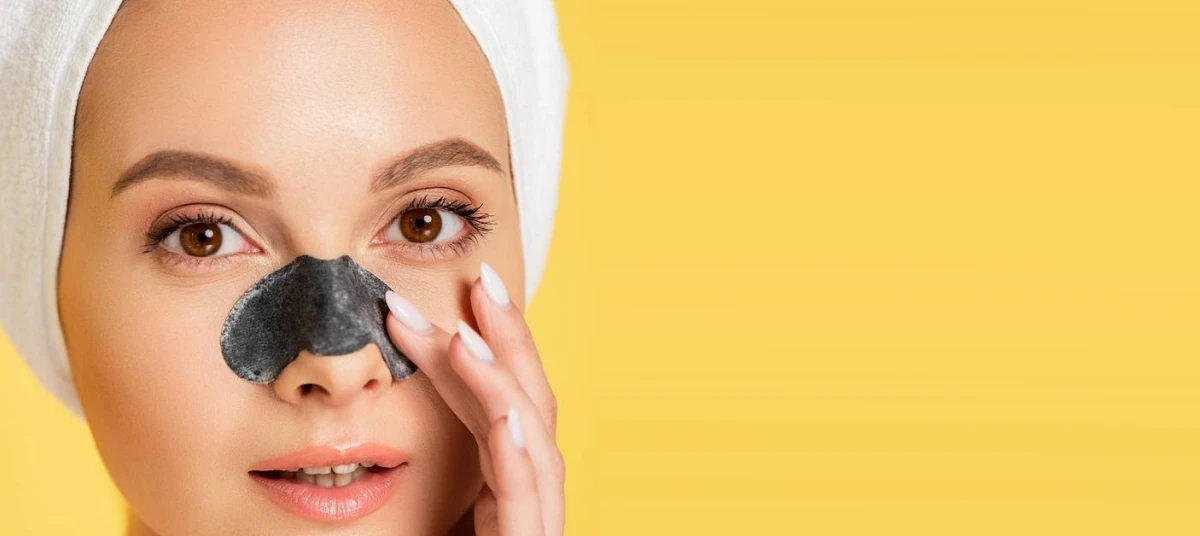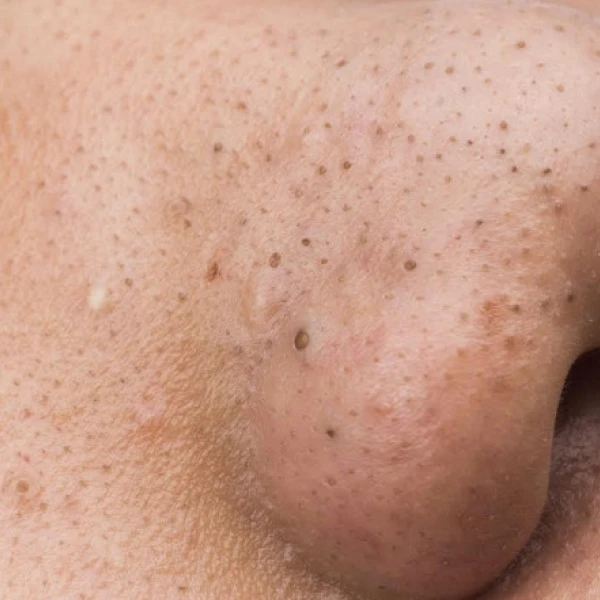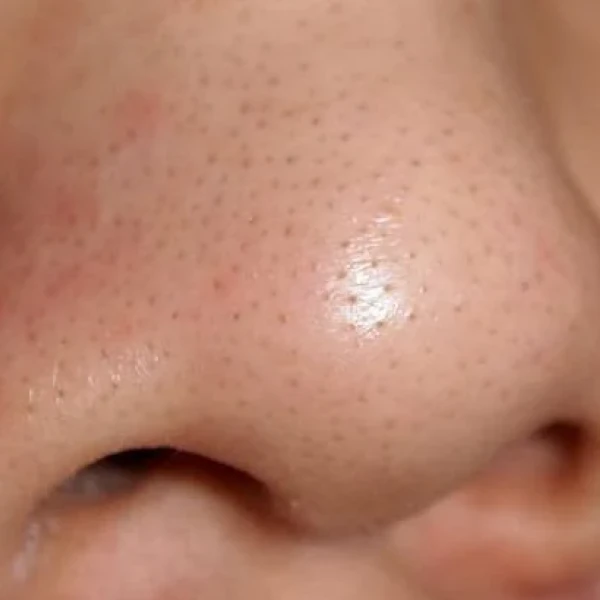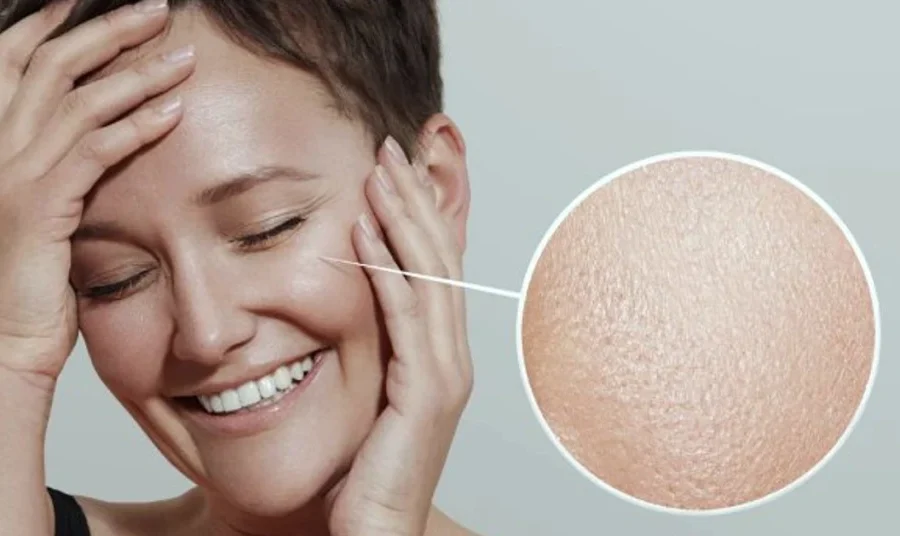Do you still examine your nose as if under a microscope, looking for ways to make it perfectly clean? Then this material is for you!

Blackheads and Sebaceous Filaments: What’s the Difference?
Do you remember the craze for black masks and nose strips that promised to rid you of those annoying “blackheads”? Yes, those “blackheads” that spoil your mood every time you closely examine your skin in the mirror.
You can’t forget that! Those mass-market strips stuck to your nose like glue, and peeling them off was pure hell! And, of course, it wouldn’t be so bad if they actually worked. But usually, the best you could get from them was irritation.
The worst part is that in about 95% of cases, what people call “blackheads” are actually harmless sebaceous filaments. In such cases, all these harsh treatments and “anti-blackhead” care become pointless.
So, it’s time to finally understand the difference between blackheads, which need to be fought, and ordinary sebaceous filaments, which are a natural feature of the skin and, therefore, completely normal.
Sebaceous Filaments are Okay
Sebaceous filaments are completely normal. They form as a result of the continuous production of sebum, which, when oxidized on the pore’s surface, turns grayish in color. Sebaceous filaments are part of the skin’s natural defense mechanism. They are most commonly seen in the T-zone, where pores are wider and more visible.
What are Blackheads Really?
Blackheads, or open comedones, form when pores become clogged with excess sebum and dead skin cells. This mixture forms a plug that, when exposed to air, oxidizes and turns black, creating the blackhead effect. Unlike sebaceous filaments, comedones are denser, harder, and significantly darker. They are the first stage of acne.
How to Distinguish Sebaceous Filaments from Blackheads?
Visually, blackheads have a distinctly dark color and a larger diameter than sebaceous filaments. When you try to remove a comedone, you’ll see a dense “plug” coming out of the pore. Sebaceous filaments, on the other hand, can be squeezed out with light pressure, appearing as a thin, almost translucent substance that lacks a solid texture and curls like a thread.
Sebaceous filaments are densely and evenly distributed, mostly in the T-zone, while comedones are more scattered.
Below you can see two photos: the first shows comedones, and the second shows sebaceous filaments.


Why Removing Sebaceous Filaments is Pointless
Let’s recap: sebaceous filaments are okay, and there’s no need to get rid of them. If you try to remove them, they will quickly return because their function is to maintain the skin’s natural balance. Removing these filaments can lead to irritation, damage to the skin’s barrier functions, enlarged pores, and even the formation of real comedones as the pores react defensively to aggressive treatment.
How to Properly Care for Your Skin to Avoid Blackheads
To prevent the formation of blackheads, it’s important to focus on regular skin cleansing twice a day, as well as incorporating regular exfoliation (acids and enzyme powders) to remove dead skin cells. Cleansing should be gentle, without excessive rubbing or aggressive components, which, on the contrary, can stimulate the sebaceous glands and sebum production.
By the way, this kind of care will not only help prevent blackheads but also lighten sebaceous filaments.
And here’s a mini life hack: try to examine your skin less meticulously in the mirror and stop searching for flaws. Remember: your skin is a living organ that needs love, care, and acceptance. And who better than you to give it that?



Leave a Comment